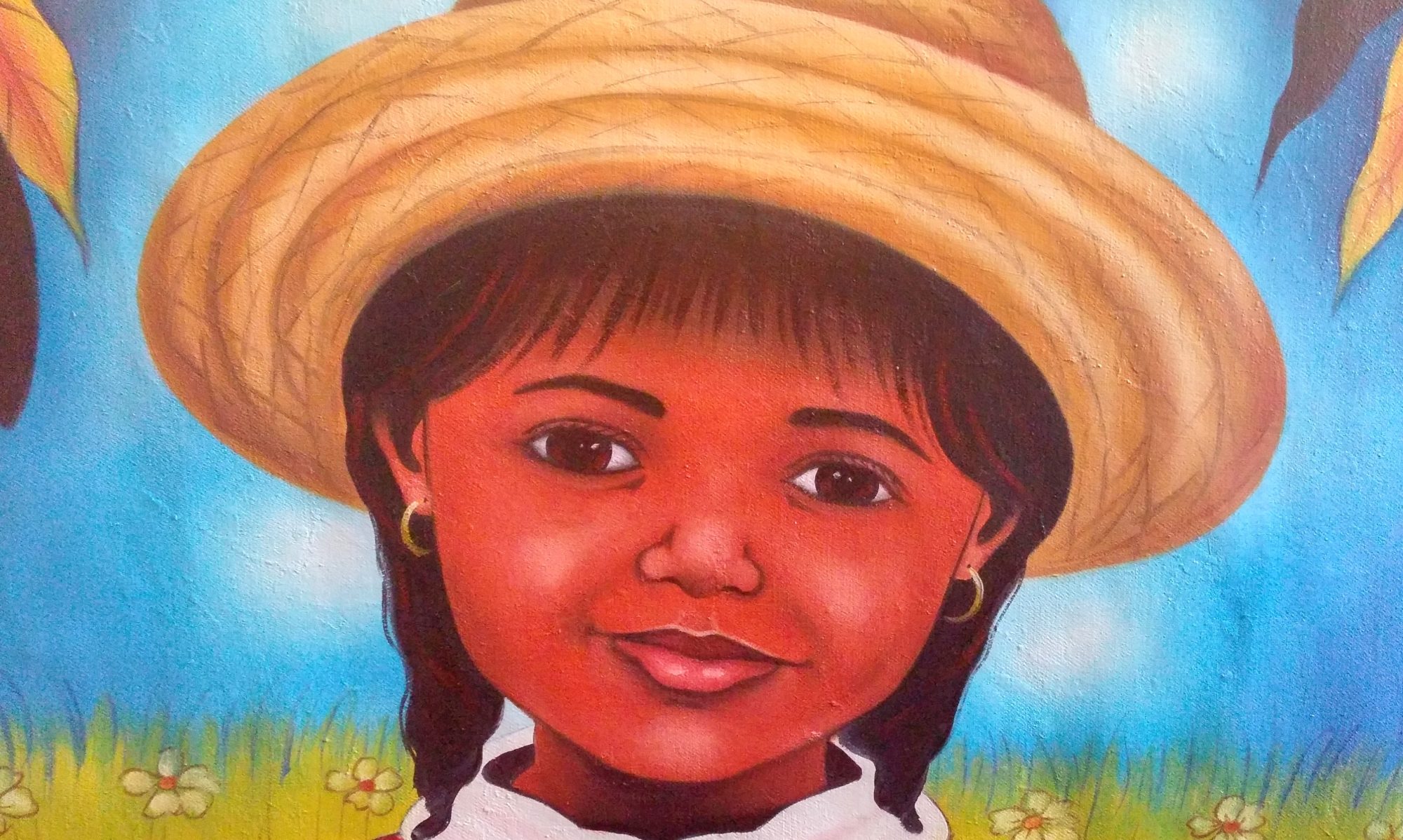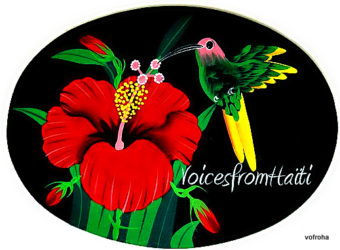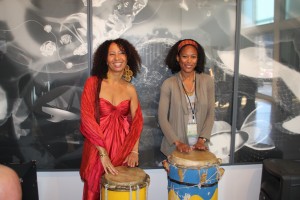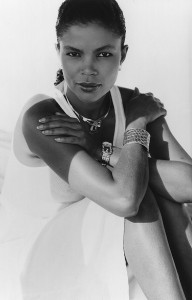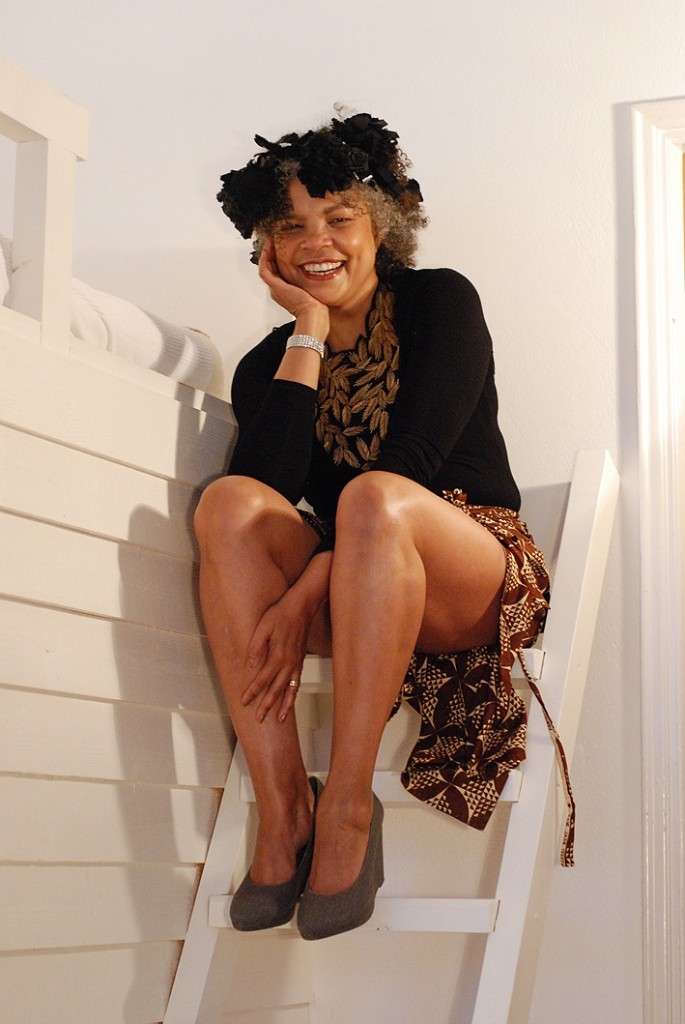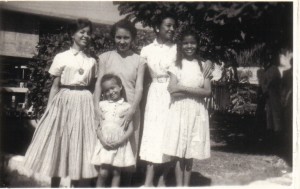
When I was a young child, I really did not have clue who my great uncle was. People revere his name and the idea of who he is; yes, they still do. When my family moved back to Haiti immediately after the fall of Jean-Claude Duvalier, I read Gouverneur de la Rosée (Masters of the Dew) at my grandmother’s house. She had all the books. It was a good place for me to be.
Gouverneur de la Rosée jolted a new reality within me. But I didn’t begin to understand who Jacques Roumain was until I became much older.
Being a Roumain has reinforced my belief that we need to work as a community, band around this subject of culture. We need to move things forward in the Diaspora; we have to move things positively in Haiti. We have to work together. We, Haitians, have to get together and work for Haiti. We need the power of the konbit. I believe that artists have power to bring people together around common issues. Let’s not stop. The road ahead is long.
